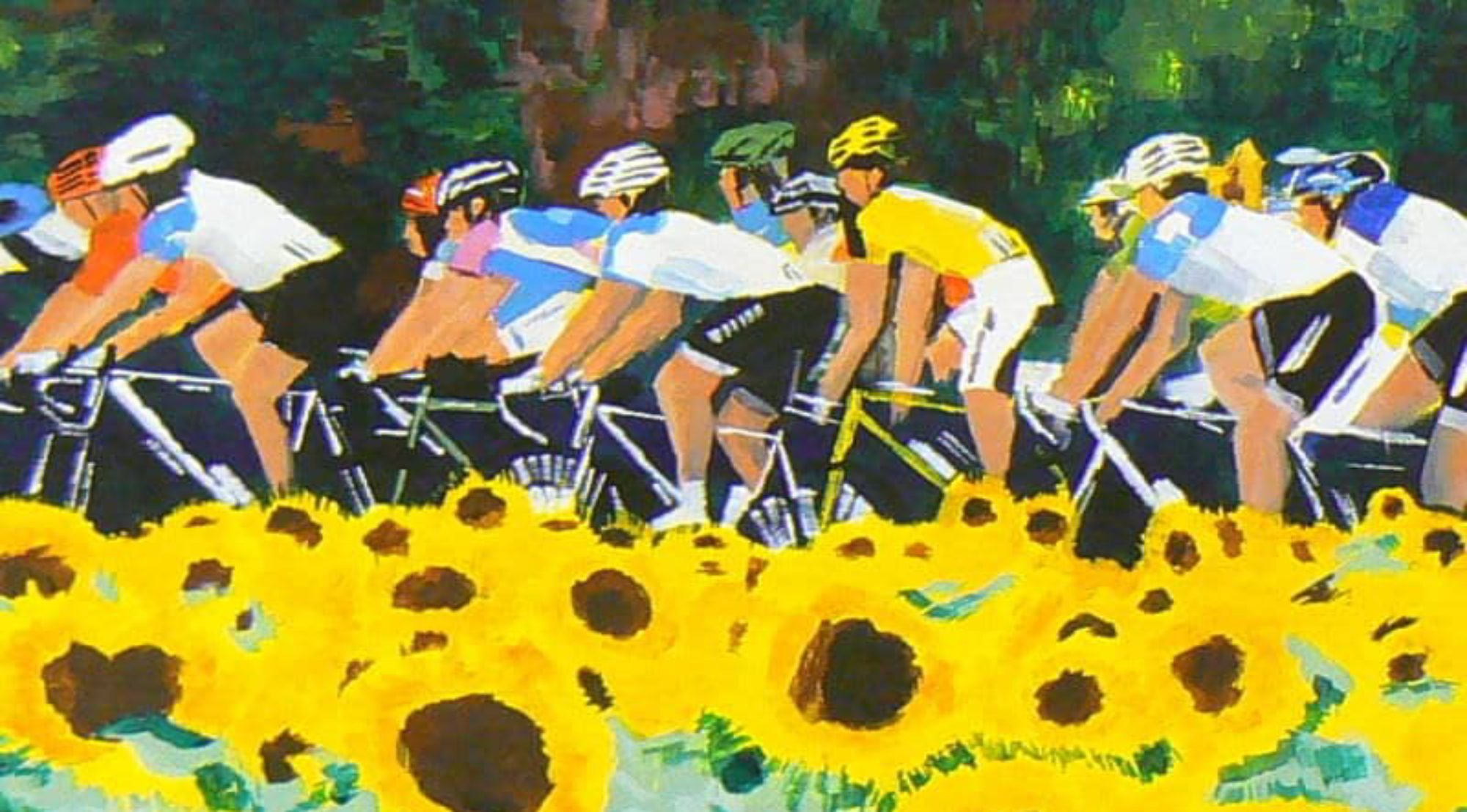“Without deviation from the norm, progress is not possible.” – Frank Zappa
I wanted to check in quick and give an update on how I am progressing. I started my fasting experiment in early April, so it has been about 2.5 months now, and here’s where I am:
1. Work– There has been no issues with my fasting at work at all. As I mentioned before, a 16 hour fast is perfectly suited for my job, and I have done all of the fasts that I had planned on doing without too much difficulty.
I have done some 24 hour fasts on longer days at work, and got some surprising results. In stead of feeling tired after 24 hours of fasting, like I was expecting, I actually felt energized and great. Normally I would have been dragging if I had been working all day and missed lunch or had an unplanned fast.
The longest fast I had was a day when I was on a 24 hour call, when I went 41 hours without eating. I felt better during and after that call than I ever have before in the same situation.
2. Cycling– I have been on my bike a reasonable amount in the last 2.5 months. There are 2 consistent bike rides I do: one is a longer endurance ride and the other is a difficult interval workout. There is a great social media/activity tracking app called Strava that I am using to track my progress on the bike. Strava uses your bike computer data, and breaks down every ride you go on and upload. It tells you time, distance, elevation gain but also breaks your ride down into segments. It tracks your time on each segment, gives you a trophy for the fastest times on every segment, and is the perfect way to race against yourself and determine if you are getting faster or better.
My long, endurance ride I have only gone on once since I started the fasting experiment. I did that ride the fastest I have ever done it by 3 minutes, and I did it at the tail end of an 18 hour fast!
The interval workout I have done 4 times since I started fasting. I do 3 individual intervals during each “interval workout” ride. So on those 4 interval workouts I did 12 total individual intervals. 8 of those 12 individual intervals were the fastest that I have ever ridden them.
When looking back at all the rides I have done in the last 2.5 months I have gotten 247 trophies on Strava! Not only that, but I qualitatively feel very strong on all my rides and recover from hard efforts quicker. All-in-all the biking portion of my fasting experiment has been very successful. Fasting did not hurt my riding as I feared it could, but actually helped me to ride stronger and faster than ever before. I will get into fat-adapted and fasting exercise in a post very soon.
3. Personal– Since starting my fasting experiment I have lost 13 pounds! Not only do my clothes fit better, but I have been sleeping better and feel like I have more energy during the day whether I’m fasting or not.
All things considered my fasting experiment is an astonishing success in every part of my life, and I’m excited to keep it up and see where it goes! Thanks to everyone who has been following along, let’s see where it takes us!
